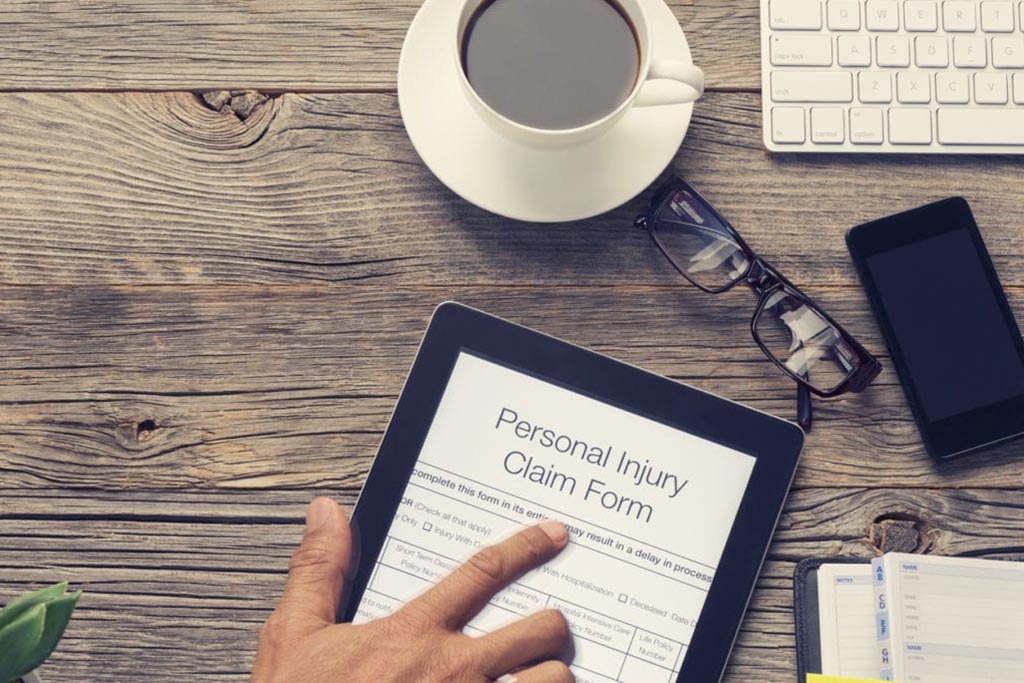Cyclists are protected by the same laws that affect anyone using a road or sidewalk, and accidents can happen no matter how many safety precautions are taken. When cyclists are injured on a public road or sidewalk, they are usually able to claim compensation. Cyclists are often awarded compensation for injuries involving:
- defective or faulty equipment
- inadequately maintained roads and sidewalks
- reckless drivers
- aggressive pedestrians
- other at-fault cyclists
- and other unique circumstances.
Determining the value of an injury is an important part of any personal injury claim, and figuring out the exact amount a victim should receive in compensation can be difficult because injuries vary drastically and tend to be extremely specific to their particular cases.
What Will My Insurance Company Pay For?
The first step in determining the value of an injury claim is to know and understand the financial, physical, and emotional damages for which an insurance company may compensate a victim.
Most liability insurance companies will compensate a personal injury victim for:
- time spent out of work as a result of an injury
- medical expenses
- permanent disability
- damaged property
- emotional damages such as stress, anxiety, and depression
- and negative effects on relationships with the victim’s children.
What Is My Insurance Company’s Damages Formula?
Injury claims are filed with the main purpose of applying a monetary value to expenses and suffering associated with an injury, and then awarding that value to the victim. It’s usually reasonably simple to add up medical expenses, property damages, and income lost while out of work, but there is no universal method for assessing appropriate compensation for emotional damages. So, insurance companies use a damages formula to determine the monetary value of a victim’s emotional pain and suffering.
A company’s insurance adjuster adds up the total medical expenses and uses the sum as a base number to calculate the monetary value of emotional damages. When injuries are reasonably minor, the adjuster will multiply the medical expenses by 1.5 or 2. When injuries are severe, the adjuster may multiply the medical expenses by up to 5. In extreme cases, the adjuster may multiply the medical expenses by up to 10.
Am I at Fault?
Once the adjuster multiplies the victim’s medical expenses to determine the value of all financial, physical, and emotional damages, the company begins attempting to determine who is at fault in the injury. The company’s adjuster determines which parties are at fault and applies a percentage amount to each party. Whichever percentage of fault is applied to the victim is deducted from the damage value.
Mr. Gary Brustin has protected cyclists’ rights exclusively for more than 20 years, handling more than 1,000 bicycle accident cases. For more information on Cyclists Rights and injury claims, contact The Bicycle Lawyer.
